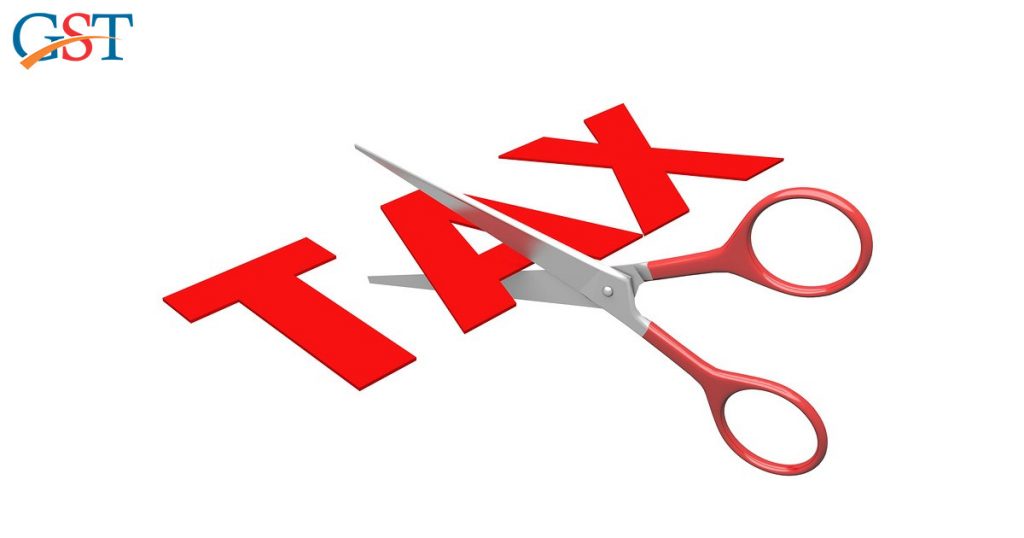
In the case of poor demand situations, most producers opt for bringing prices down as a natural response. Then, why India’s automobile industry is demanding for cuts in GST rates besides owning for a slash in prices. The GST Council only will make a final decision on this at its meeting on Friday. Fundamentally, the auto industry’s demand for reducing tax rates is not wrong when the average rates on low-end cars and even two-wheelers are as high as 28-30% and tens of thousands of people get unemployed. The demand for sharp price cuts should be the right move from the industry. Also, the pre-tax margin of 12.8% for Maruti, 23.5% for Bajaj Auto, and 15.3% for Hero MotoCorp are pretty healthy for the Industry in FY19.
However, it would not be that easy for the government to convince the GST council for such rates cut demand. Because the goods with 28% tax rates are the only source on which a GST cess is collected and lowering the rates to 18% following industry demand would result in less cess collection. Let me tell you, the automobile sector contributes the fourth share of cess collection which is further used to help states in case of any shortfall in tax collections, still few states would be in favour of a reduction in tax rates. Also, if a sharp rise is not witnessed in sales volumes instead of rate reduction, the government has to lose out on valuable revenues.
Recommended: 37th GST Council Meeting – All Latest Updates with Brief Details
It is not the first time when such financial crises arose in the country, earlier in FY09, a sharp cut in excise duties was made by the government which turns out in an increase in sales by 26%. But now, with passenger vehicles and two-wheelers, it must see that how much tax cut would be implied by the government and how the economy will respond contrastingly. In FY 08, the Industry growth rate was 9.3% which further slipped to 6.7% in FY 09 and then rose again in FY 10 to 8.6%.
Besides this, it is unsure that even though the government cuts GST rates, the manufacturers/dealers won’t withdraw provided discounts. Since this lets them save their margins even when the prices for retail consumer reduced. If the considered situation between FY 09 and now, it’s pretty different. Fall in saving rates was recorded even then but not that sharp as of now.
Read Also: GST Impact on Gross Domestic Product (GDP) in India
The savings rates in FY08 was 37.5% of GDP which slipped to 32.7% in FY09 as a consequence of drop-in corporate savings (9.4% of GDP to 7.6%) or a fall in public sector savings (5.1% to GDP to 1%) while the household rates witnessed a rise from 22.8% to 24.1%. In the long term, the savings rates which were 34.6% in FY 12 sank to 30.5% in FY 18. Along with this, the household savings also observed a drop from 23.6% to 17.2% while the public and private corporate savings were only to see a hike.
However, all these years, the private consumption expenditure remains rising on the top in contrast to an economic slowdown and short supply of jobs/increments, the reason behind may be a downfall in savings of the household sector. So it is certain to a great extent that consumers’ focus will now be on the rebuilding of their saving portfolios, but the collapse in the Sensex also affected this negatively besides increasing consumption as per the tax-rate cuts.